The sea as a silent muse, the coast of Flanders as an endless canvas: as many as 67 kilometers of fine beaches, sandy dunes, open sea, art, culture, history and tradition line the coastline from the Netherlands to the French border. Walk the wide beaches, discover the authentic world of fishermen, immerse yourself in nature. Every nook and cranny of the North Sea tells something, and getting to its most beautiful spots is so easy: you can get around on foot, by bicycle, or ride the coastal tramway, the world’s longest tramway line, which connects all the wonders of this enchanting stretch of coastline. The Flanders coast has also been a place of origin and an irresistible lure for artists, such as James Ensor, Léon Spilliaert, Paul Delvaux, and Constant Permeke, who created their works and were inspired by these beautiful landscapes, dominated by the blue of the horizon, the rustle of the waves, and that unique light that the Flanders coast can offer. You can get to know these places through the special “Masters by the Sea” tour that combines museums, the houses that were inhabited by these artists, churches laden with history and landscapes dominated by the blue sea. An itinerary that blends art, contemplation and inspiration.
To travel these coasts is to immerse oneself in a world where art is not only in museums, but can be perceived by all the senses in the landscape that surrounds us, the very one that nourished the vision of these great masters, that inspired them and that can be found in their paintings.
An ideal starting point for the tour is Saint-Idesbald, where the Paul Delvaux Museum welcomes visitors to an only seemingly modest location. What was originally a nineteenth-century fishermen’s house is now a museum that, developing even in the basement, conceals an underground universe, custodian of the artist’s visionary works. The museum officially opened to visitors in 1982, when the Paul Delvaux Foundation purchased the building to turn it into a museum. The masterpiece to be admired is “La Gare forestière,” a painting depicting a small train station set in a forest, and the only two human figures depicted are two mysterious standing girls facing away from the viewer.
But the encounter with Paul Delvaux does not stop at the museum. Walking along the promenade dedicated to the artist, accompanied by the narrative podcast “Paul Delvaux in Saint-Idesbald,” you have the chance to see the fishing village of Saint-Idesbald through the painter’s eyes, and to immerse yourself in his life and places. For those who enjoy cycling, thematic bike tours unveil hidden corners and glimpses that seem to come straight out of his paintings.
The tour also pays tribute to the deep friendship between Delvaux and another Saint-Idesbald painter, George Grard: in fact, the “Uit Vriendschap” walk celebrates the close bond between the two artists. An entire room at Kunstencentrum Ten Bogaerde is also dedicated to Grard.
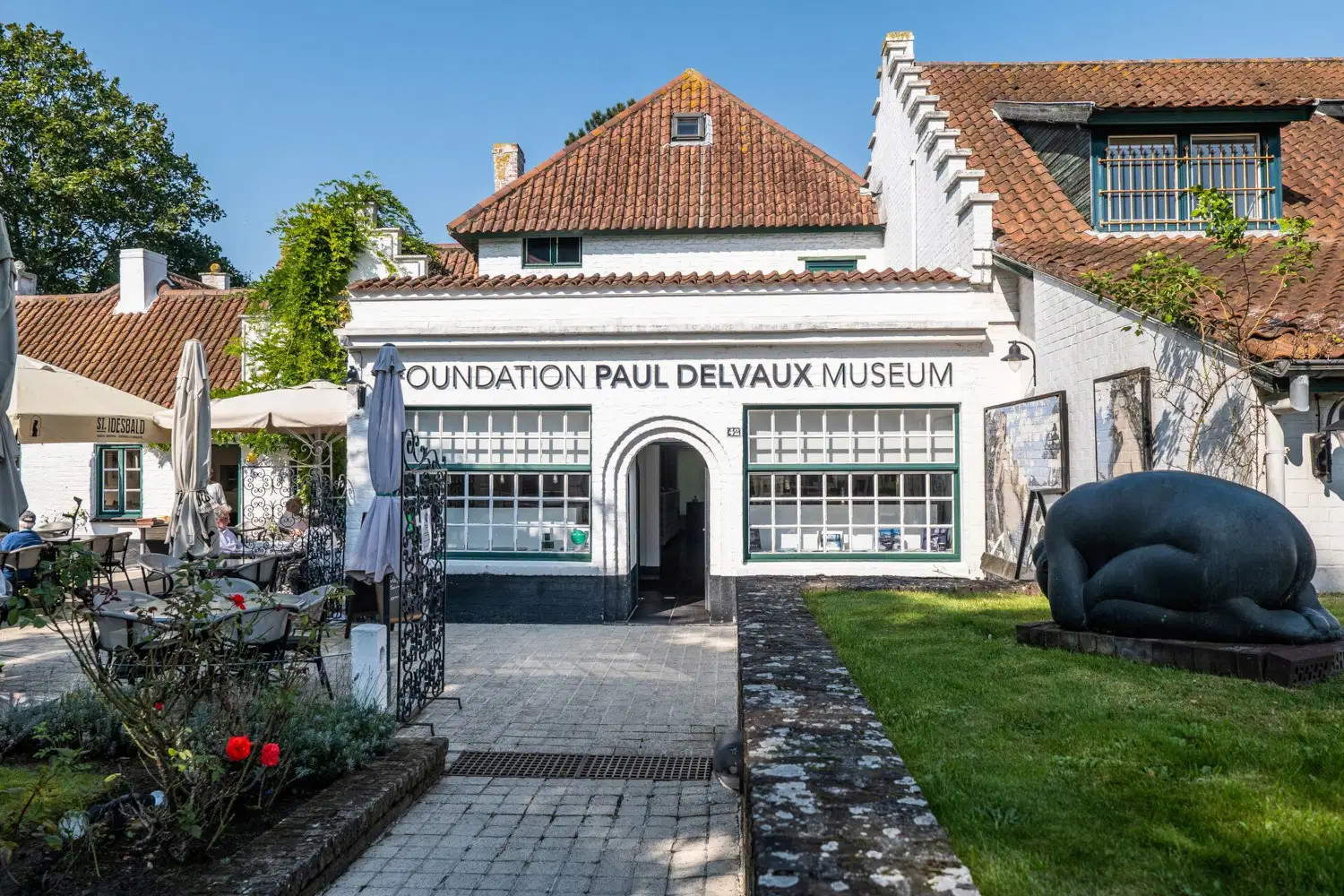
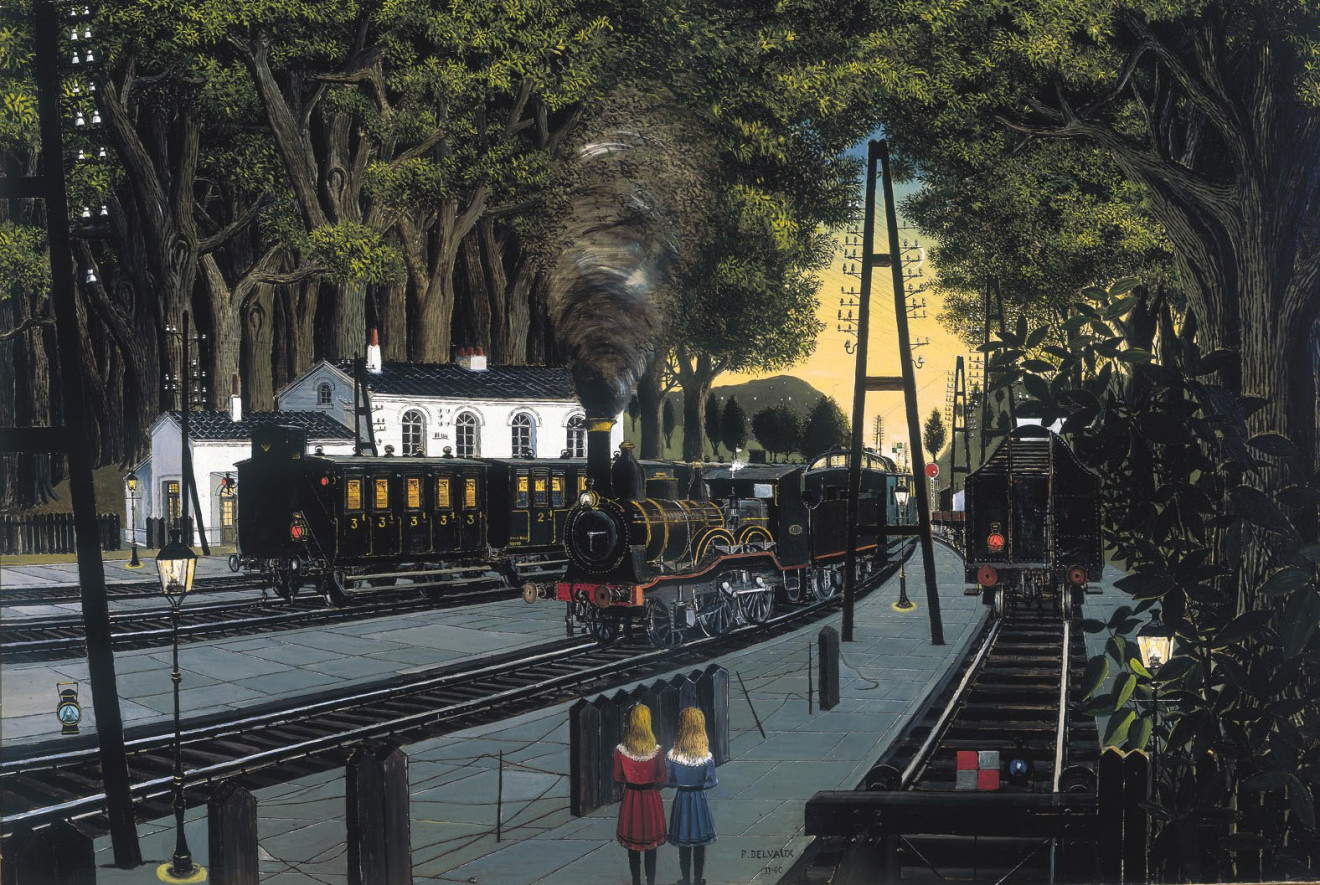
In Jabbeke, in the country house that Constant Permeke himself called De Vier Winden, one enters the world of the modernist artist. Here, among the rustling of the trees and the song of the wind, is the Permeke Museum, the artist’s former home and studio from 1929 until his death in 1952. Here he received friends and fellow artists and created most of his works. The building itself, designed according to the canons of functional modernism, reflects Permeke’s style in the vast landscape of a polder.
The museum offers an immersion into Permeke’s biography and art: photographs, letters, narrative films, everyday objects, and works of art compose a true artistic and human portrait. Also part of the museum is the large garden that surrounds it, where it is possible to stroll. Here, between works of art and nature, time seems to dilate. It is a place for those seeking relaxation and the essence and spirituality of the artistic gesture.
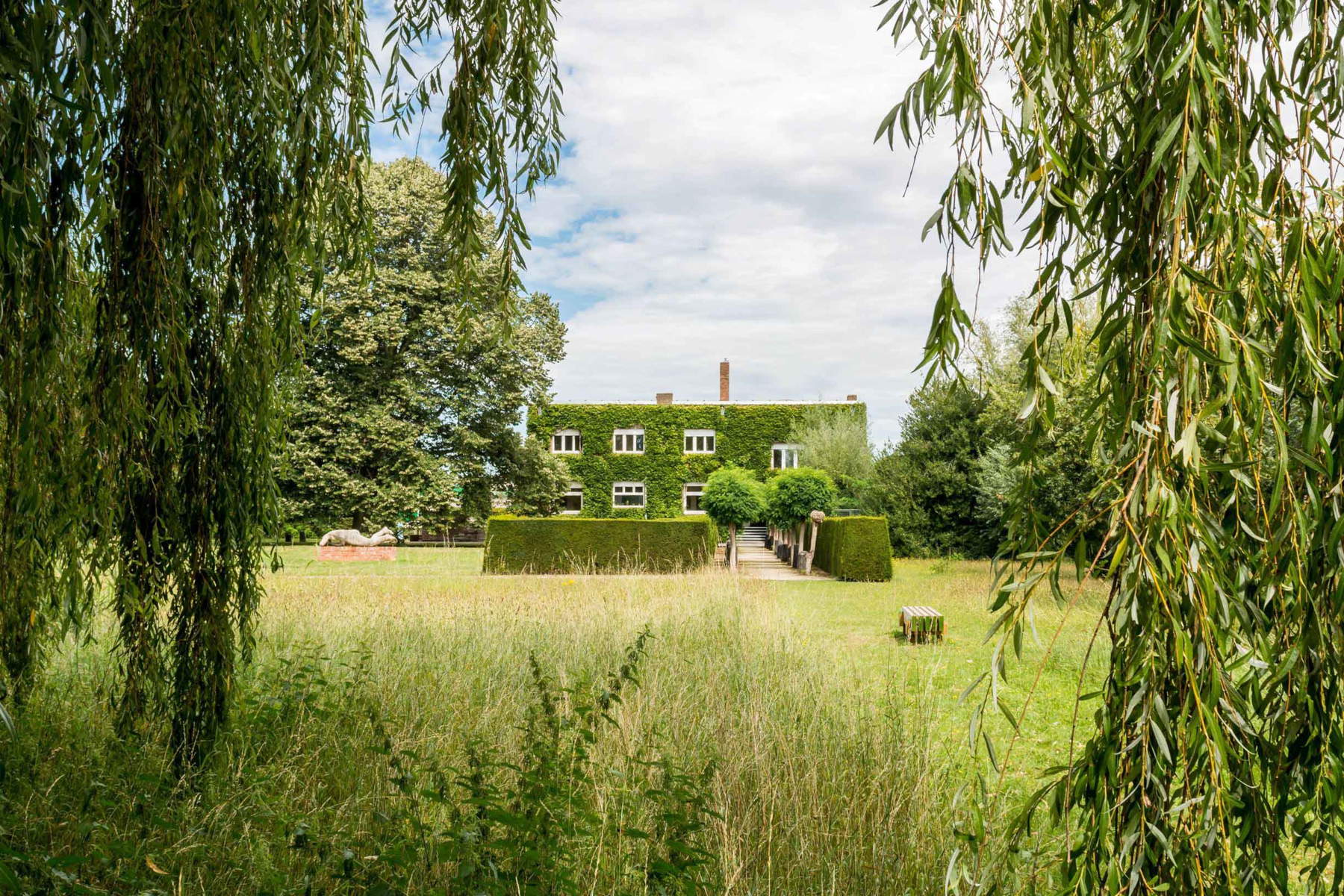
In the heart of Knokke, Atelier Luc Peire surprises. An extraordinary place where art and architecture come together. Right from the entrance, the atrium surprises with its marked verticality, traversed by beams of light that animate the space and strongly refer to the thematic heart of the artist’s work: elevation, rigor, light. Beyond the atrium opens an exhibition space with a panoramic view of the inner courtyard. A narrow, winding path skirts the quiet, secluded garden, where a large pine tree stands out imposingly and a pool of water multiplies reflections and perspectives. It is a prelude to a visit to the artist’s meticulously restored studio. Every detail of the architectural ensemble contributes to building a coherent experience with the whole: the dominant white, the zenithal light skillfully blending with artificial light, the formal sobriety, the absence of superfluous narrative elements, and the refinement of the materials chosen. Everything in this space dialogues silently with Luc Peire’s creative universe, reflecting its tension toward the essential, verticality as an expressive gesture.
The central work is Environnement I, an expression of the artist’s exploration of infinity and space.
Knokke, with its cultural vitality and its proximity to the Zwin Nature Park, a splendid nature reserve, is also the starting point for nature explorations devoted in particular to migratory birds.
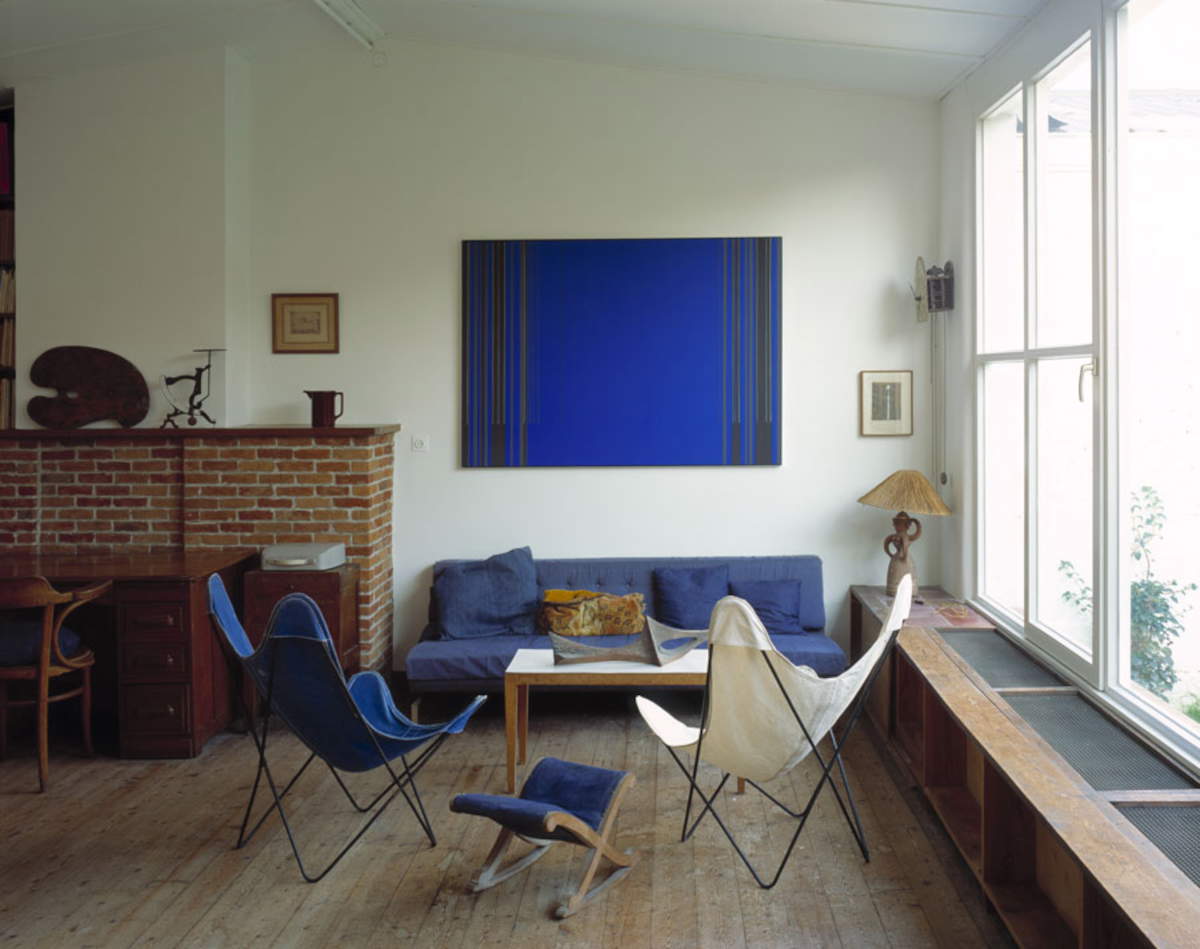
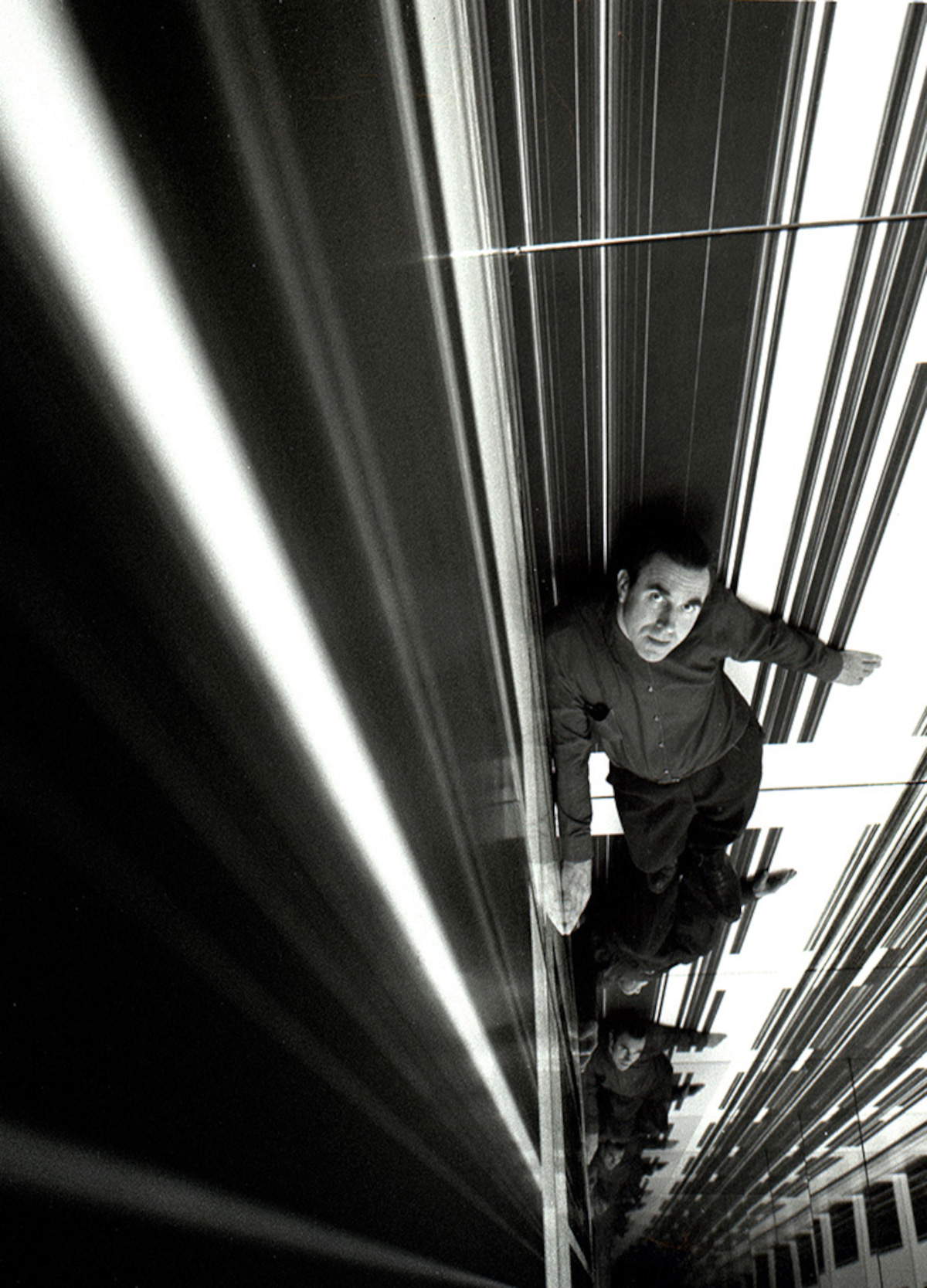
The dialogue between art and spirituality is also obviously revealed in the churches. In Nieuwpoort, the Gothic Church of Our Lady, the main church of the port and coastal town, houses The Judgment of Cambises, a work created in 1671 by the Baroque painter Vigor Boucquet, a native of nearby Veurne, who thought of it as a kind of warning to judges to judge with fairness and dignity. The Church of Our Lady is one of the rare places where, by climbing a huge staircase, one can contemplate a church and a masterpiece by a Flemish Master from a truly unusual perspective. The higher you climb, the closer you get to the work, almost to the point of entering it, catching details, until you find yourself face to face with King Cambises.
Also in Veurne, you can admire works by Bouquet, a painter who lived and worked in his hometown all his life. The church of St. Walburga, the town’s main church, houses the painting “Christ Frees the Souls in Purgatory with His Own Blood,” which is characterized by a fairly bloody depiction of Christ in Purgatory.
But the town is also linked to Paul Delvaux, who spent the last two decades of his life there. A bust in the city park commemorates him, behind the church of St. Walpurga.
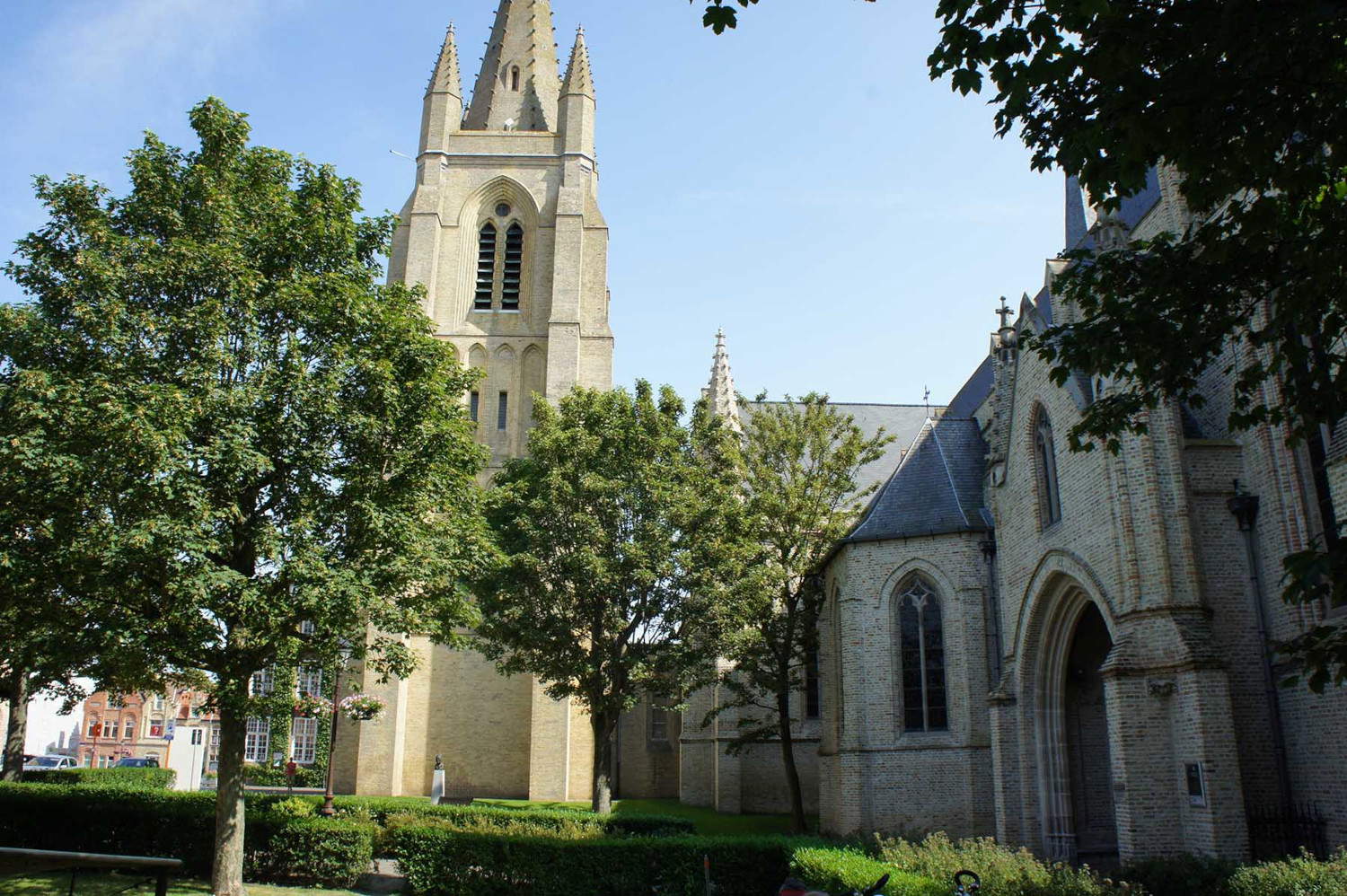
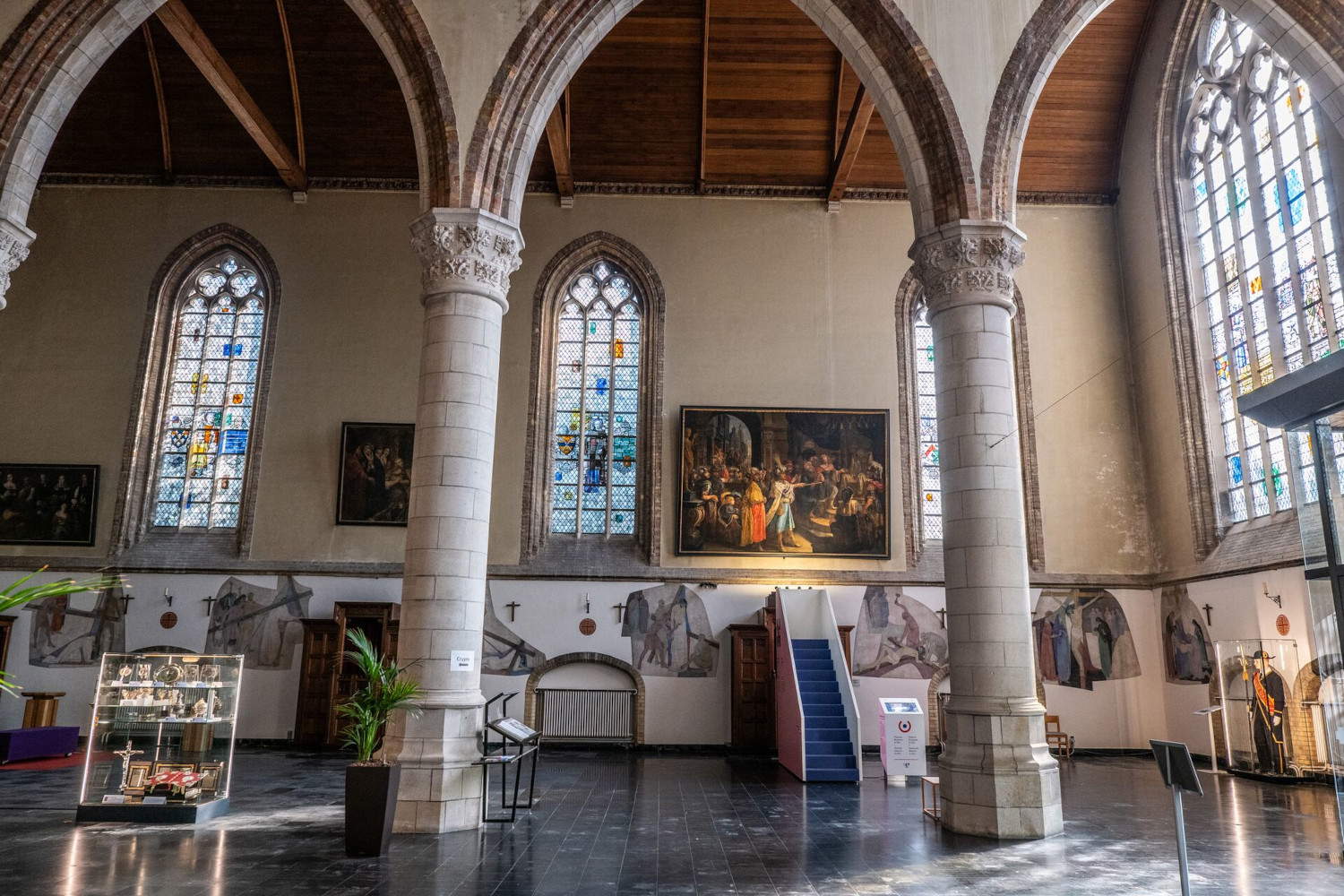
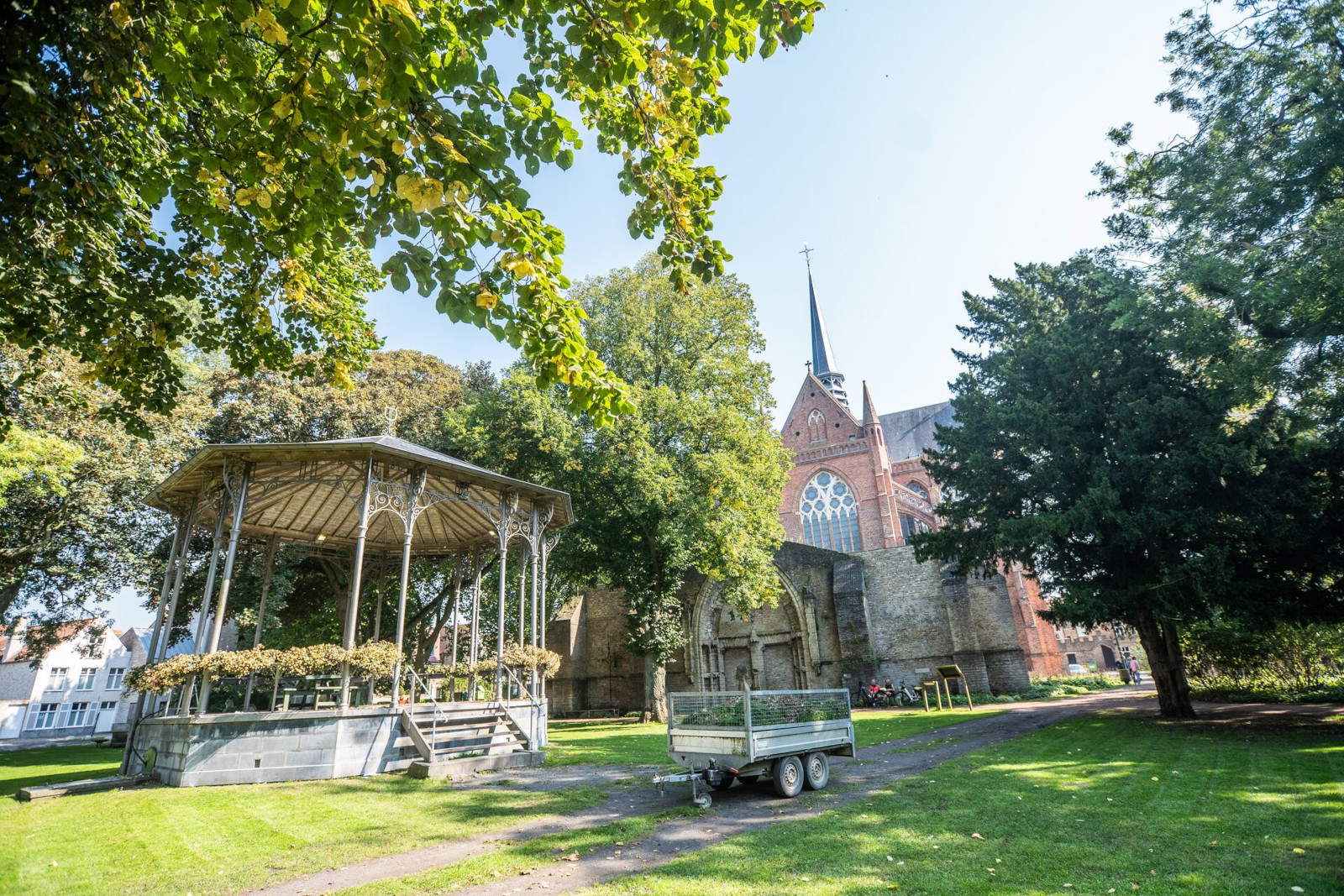
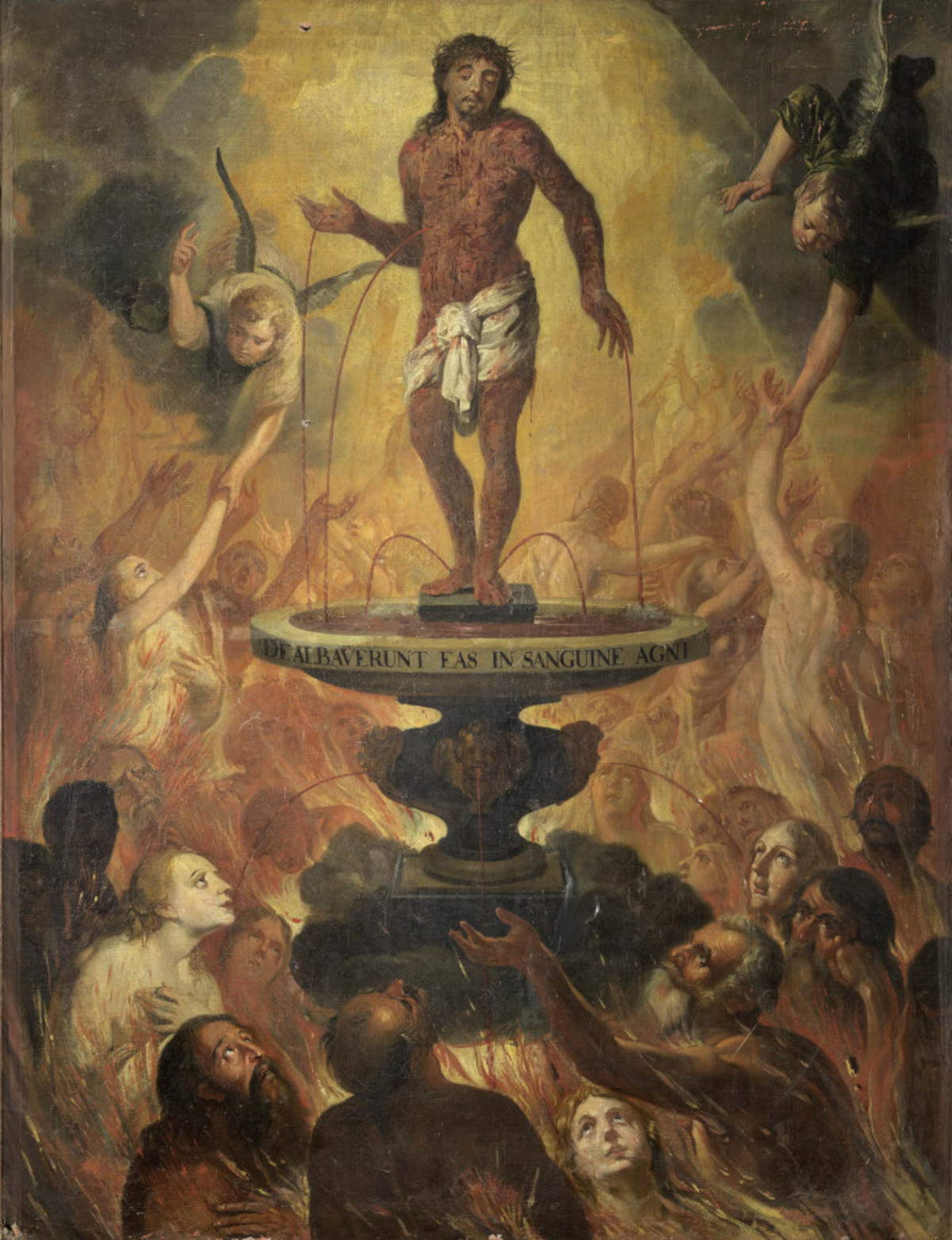
The Masters by the Sea tour culminates in Ostend, where everything speaks of James Ensor, which is why he is a must on this itinerary. His home, now a museum, is a secular shrine to the imagination. Among rooms left intact, letters, paintings and photographs, the visitor is immersed in a life of masks, colors and provocations. It almost seems as if the artist could enter a room at any moment. It was here that Ensor created many of his masterpieces, inspired by the unique atmosphere of the coastal town and the world of the 19th and 20th centuries.
In addition, an interactive walk, accompanied by an app, allows visitors to discover key places in the Ensor universe. Among them, the street art work “The Crystal Ship” by SozyOne dialogues with the painter’s legacy in a bold and contemporary way. The itinerary ends at Our Lady of the Dunes Church, Ensor’s last home, protected as a place of scenic interest, as well as its surroundings and the adjacent 1822 fisherman’s cottage.
The tour ends along the coast where everything originated. After passing through museums, houses and churches, it becomes clear how much the sea marked the lives and work of these artists. Ensor, Delvaux and Permeke did not just live near the sea: they observed it and were inspired by it. The towns where they lived, the places where they worked, still bear the traces of their passage. Thus, this itinerary is not only a journey through works and biographies, but also a way to understand how a landscape can become an integral part of the artistic identity of an area. Each stage brings one closer to the beating heart of artistic creation.
An invitation to look at the world with different eyes. With the eyes of the Masters.
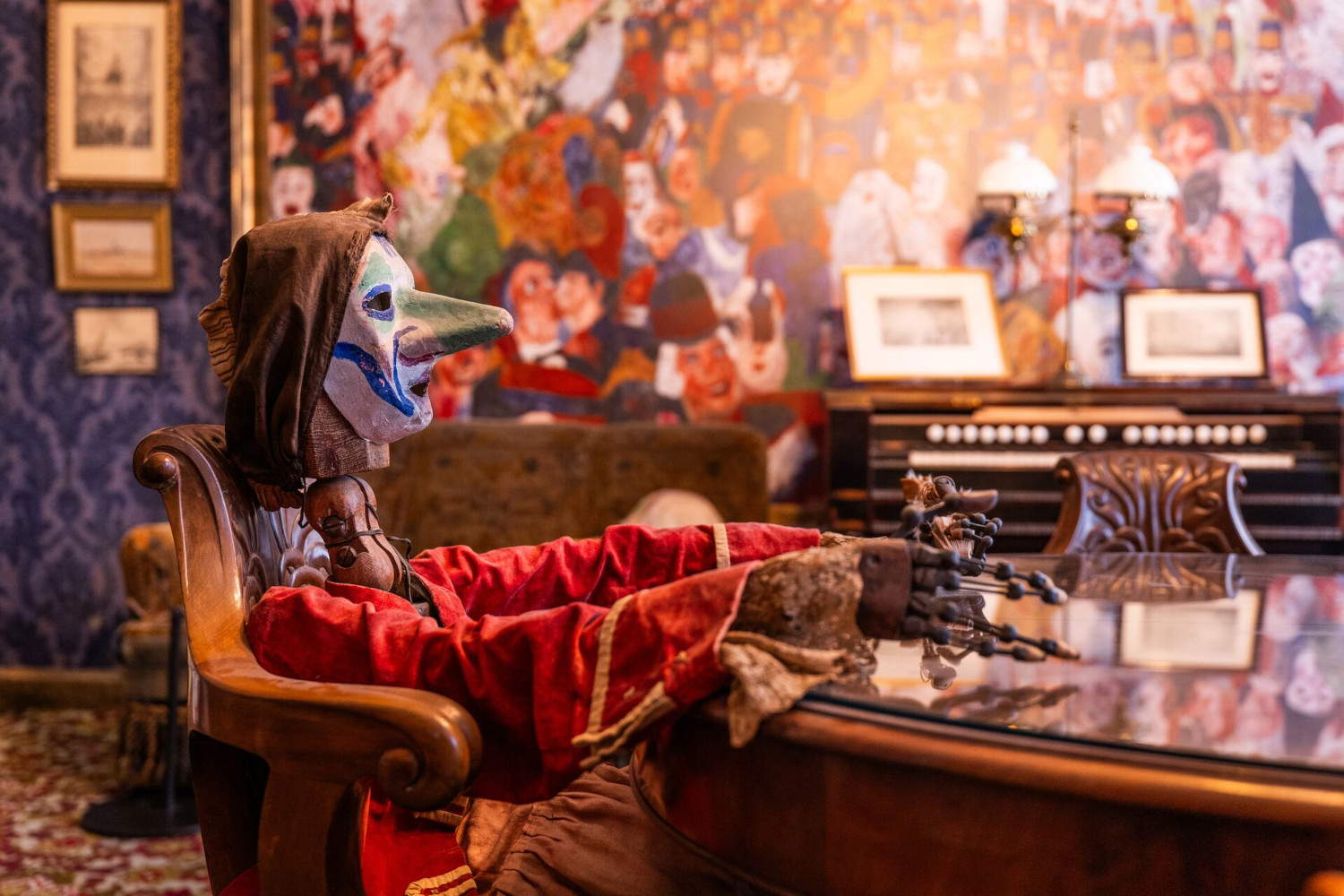
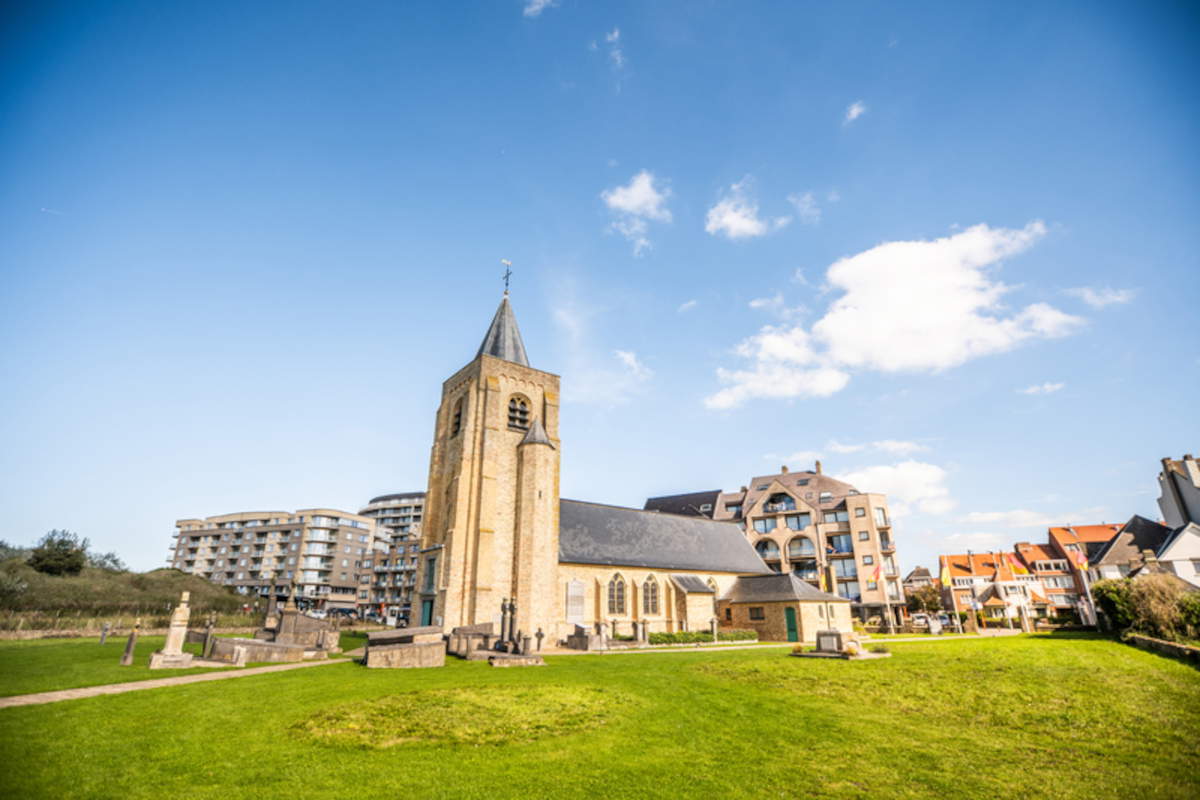
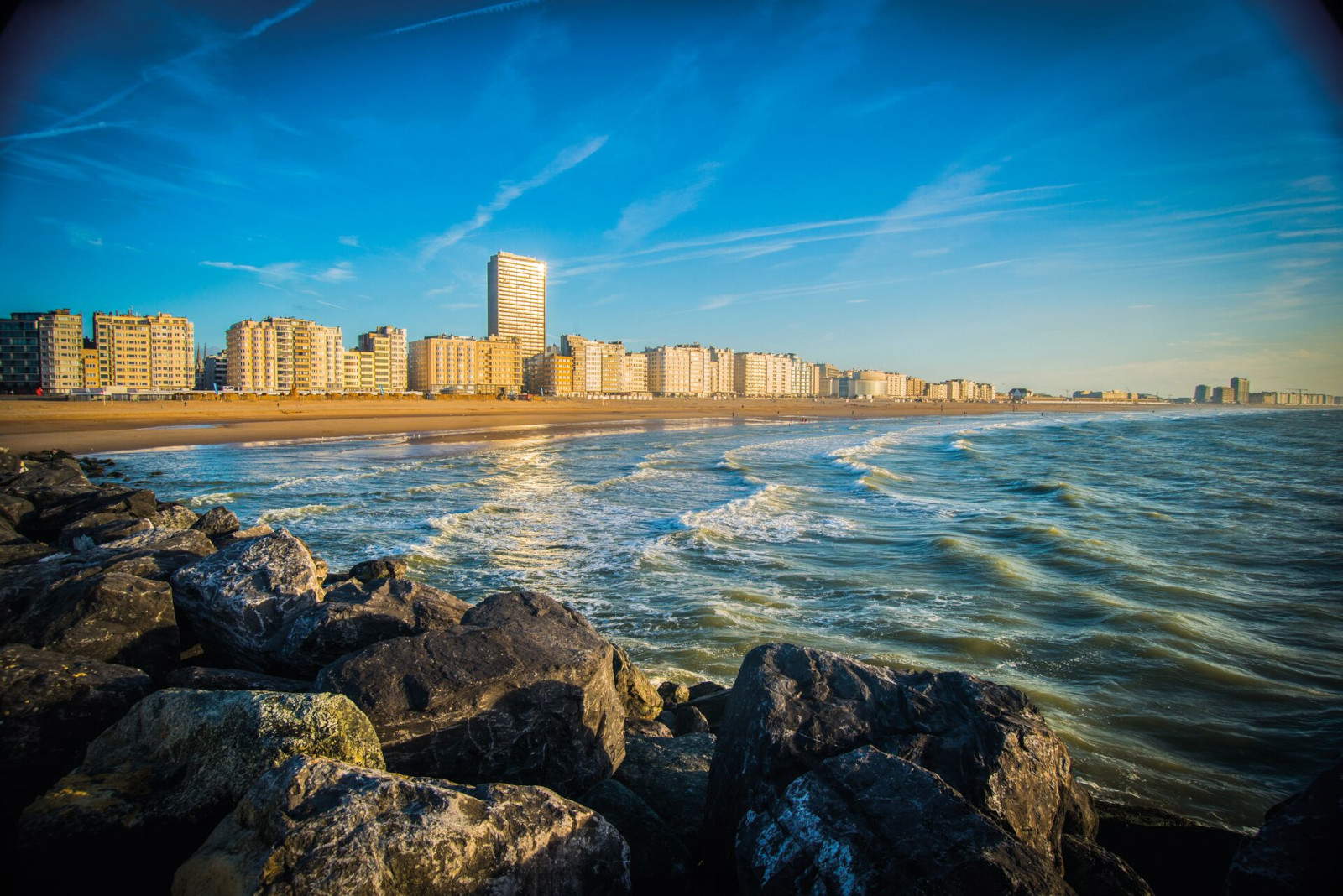 |
| The Masters of the Flanders Coast: who they are and where to find their works |
Warning: the translation into English of the original Italian article was created using automatic tools. We undertake to review all articles, but we do not guarantee the total absence of inaccuracies in the translation due to the program. You can find the original by clicking on the ITA button. If you find any mistake,please contact us.